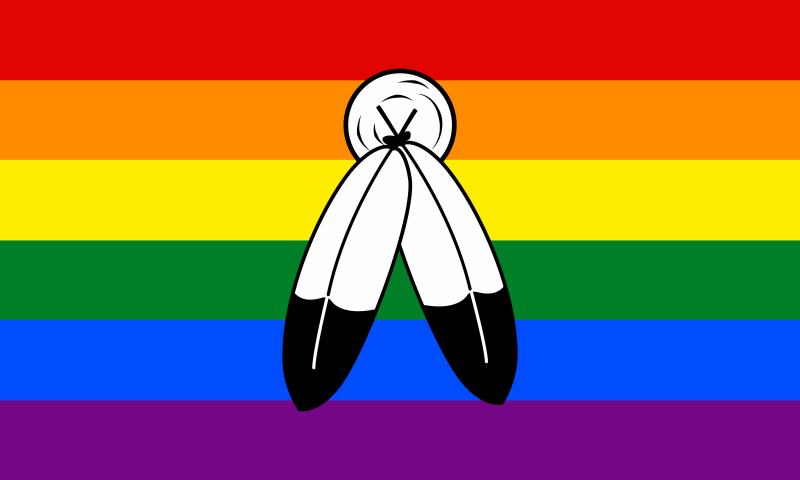Two-Spirit
The term "two-spirit" has been embraced by certain Indigenous North American communities to describe individuals believed to embody both male and female spirits. Seen as possessing a unique ability to perceive life from both masculine and feminine perspectives, two-spirits play a role in bridging these differences. While the term was coined in 1990, the concept it encapsulates traces back through the histories of various Indigenous cultures, manifesting with different names, expressions, and statuses across communities.
Within Indigenous cultures, two-spirit individuals have historically held specialized roles, earning esteem as artisans such as basket weavers and potters, as well as fulfilling roles as healers, matchmakers, and leaders in ceremonial settings. These multifaceted roles showcase the significant contributions two-spirits have made to their communities, enriching the social fabric through their diverse skills and insights.
The advent of European and European American colonization led to the suppression of Indigenous cultures, including deliberate efforts to eradicate traditional two-spirit "ways of walking." Despite these challenges, there is a resurgence of acceptance for two-spirit individuals within certain Indigenous communities. This resurgence signifies a growing acknowledgment of the historical significance and cultural value that two-spirit individuals bring to their communities.
In conclusion, the term "two-spirit" encapsulates a rich and multifaceted identity within Indigenous North American cultures. By acknowledging individuals who embody both male and female spirits, these cultures recognize the importance of diversity and the role two-spirits play in fostering unity and understanding. As awareness of this unique identity continues to evolve, it underscores the resilience of Indigenous cultures and the importance of preserving and celebrating their intricate historical perspectives.







